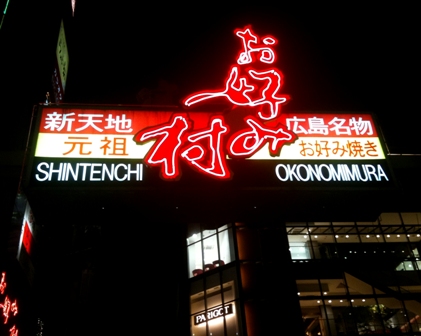
Okonomiyaki is among Japan’s gifts to the world (along with soba, udon, ocha, anime, and Godzilla). Translated the word means “fried, your choice.” In practice Okonomiyaki is a fritter-like concoction of whatever is at hand – seafood, vegetables, pork. Hiroshima is famous for its particular style of Okonomiyaki, and we spent an evening in the Okonomimura (Okonomiyaki village) delving into the intricacies of this local cuisine.
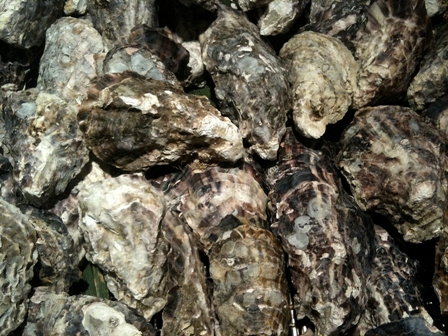
First, though, let’s start with Hiroshima oysters. Over 30,000 tons of oysters are cultured each year in Hiroshima Bay. and the Japanese travel great distances to enjoy this particular bivalve. Although I eat no meat, I decided to taste the fried version as an appetizer. I grew up on the Texas Gulf Coast, and I have consumed more of these filter feeders than I, or my gut, cares to mention.
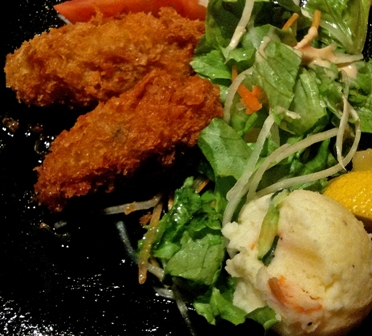
I must state unequivocally, though, that Hiroshima fried oysters are the best that I have tasted anywhere in this world. With a delicate, crispy crust, the encapsulated oysters retain both their moisture and their unique saline character. My suggestion (and hope) would be to attend the annual Hiroshima Oyster Festival in early March. The Japanese have been cultivating oysters here for over 450 years, and no one should miss this aspect of a Hiroshima visit.
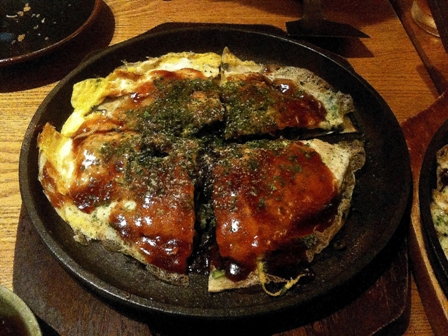
After the oysters we dove into our Okonomiyaki. Virginia and I ordered vegetarian (remember: fried, your choice). The Hiroshima Okonomiyaki differs in two ways. Noodles are incorporated into the fritter, and the concoction itself is covered with egg (like an omelet). Downstairs people were cooking their own on a griddle at their tables, as we have done before in Tokyo. Upstairs a cook prepared the cakes. I didn’t miss the thrill of cooking my own. Ours were divine.
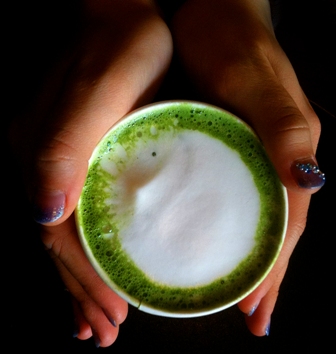
Among America’s gifts to the world is Starbucks. We have yet to visit a city in Japan without one. Cassady’s favorite drink is macha (green tea) latte. We capped off our dinner with a stop at Starbucks. Check out Cassady’s fingernail polish. Both Cassady and Virginia now have nails festooned with glitter and rhinestones. I am definitely the odd man (and only man) out among these fashionistas.
Ted
21 Mar 2010
